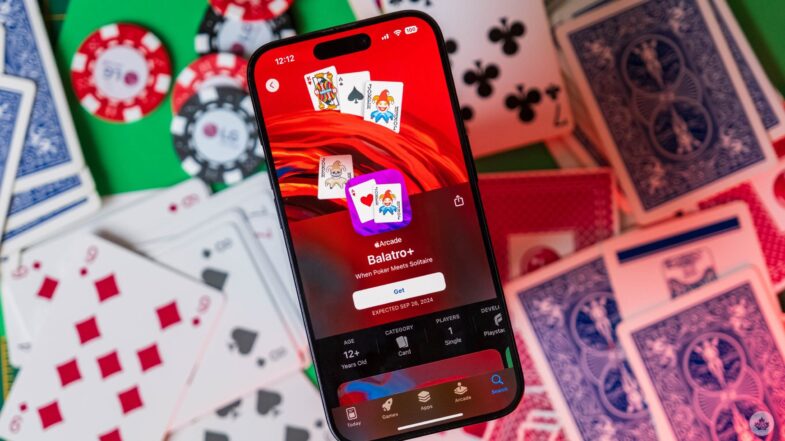The Joker card, often regarded as the wild card of a deck, holds a unique place in card games, magic, and popular culture. With its colorful and whimsical design, the jokercard embodies duality: it can represent both mischief and innovation, embodying the unpredictable nature of life itself. This article delves into the history, significance, and multifaceted roles of the Joker card across various domains.
Historical Background
The Joker card originated in the United States during the mid-19th century, specifically for use in the game of Euchre, where it was introduced as a trump card. Its design often varies, depicting a jester or clown-like figure, complete with a hat and bells. The term “joker” likely derives from “joke,” reflecting the card’s playful nature. Over time, the Joker evolved to include a variety of representations, from traditional jesters to modern interpretations that can include everything from animals to abstract designs.
Role in Card Games
In many card games, the Joker serves as a wild card, which means it can substitute for any other card to create a winning hand. This flexibility makes it a powerful asset, often turning the tide in games of chance. In games like poker, the Joker can add an extra layer of strategy, allowing players to be more creative and unpredictable in their gameplay. However, the rules regarding the Joker’s use can vary significantly from one game to another, making it essential for players to understand the specific regulations before beginning a match.
Cultural Significance
Beyond its role in games, the Joker card has permeated popular culture, representing chaos, rebellion, and the unpredictability of life. In literature and art, the Joker often symbolizes the trickster archetype, a figure that defies norms and expectations. This duality can be seen in works like Shakespeare’s King Lear, where the Fool provides wisdom wrapped in folly, challenging the status quo while entertaining.
Moreover, the Joker has made significant inroads into the world of film and television, most notably through the character of the Joker in the Batman franchise. This portrayal emphasizes the darker aspects of the archetype, showcasing the Joker as a chaotic force that challenges societal norms. The character has become a cultural icon, reflecting themes of madness, societal failure, and the thin line between sanity and insanity.
The Joker in Magic and Illusion
In the realm of magic and illusion, the Joker card serves as a tool for magicians to create surprising and engaging performances. Its unpredictability lends itself well to tricks that emphasize the theme of chance and fortune. Whether it’s a card trick that reveals the Joker at the climax or a story about how the Joker influences the outcome of a game, this card captivates audiences with its ability to surprise and enchant.
Psychological Interpretation
From a psychological perspective, the Joker can represent the shadow self, a concept introduced by Carl Jung. This aspect of the psyche encompasses repressed thoughts, desires, and emotions that can lead to chaos if left unchecked. The Joker, as a symbol of the shadow, reminds us of the importance of embracing all facets of our identity, including those that may be deemed “wild” or “unacceptable.”
Conclusion
The Joker card is more than just a piece of cardboard in a deck; it represents a rich tapestry of meanings and interpretations across various cultures and contexts. From its origins in card games to its portrayal as a cultural icon of chaos and rebellion, the Joker continues to intrigue and inspire. As we navigate the unpredictability of life, the Joker reminds us of the importance of creativity, flexibility, and the acceptance of our multifaceted selves. Whether in a game, a story, or a moment of reflection, the Joker card invites us to embrace the unexpected and find joy in the chaos.

